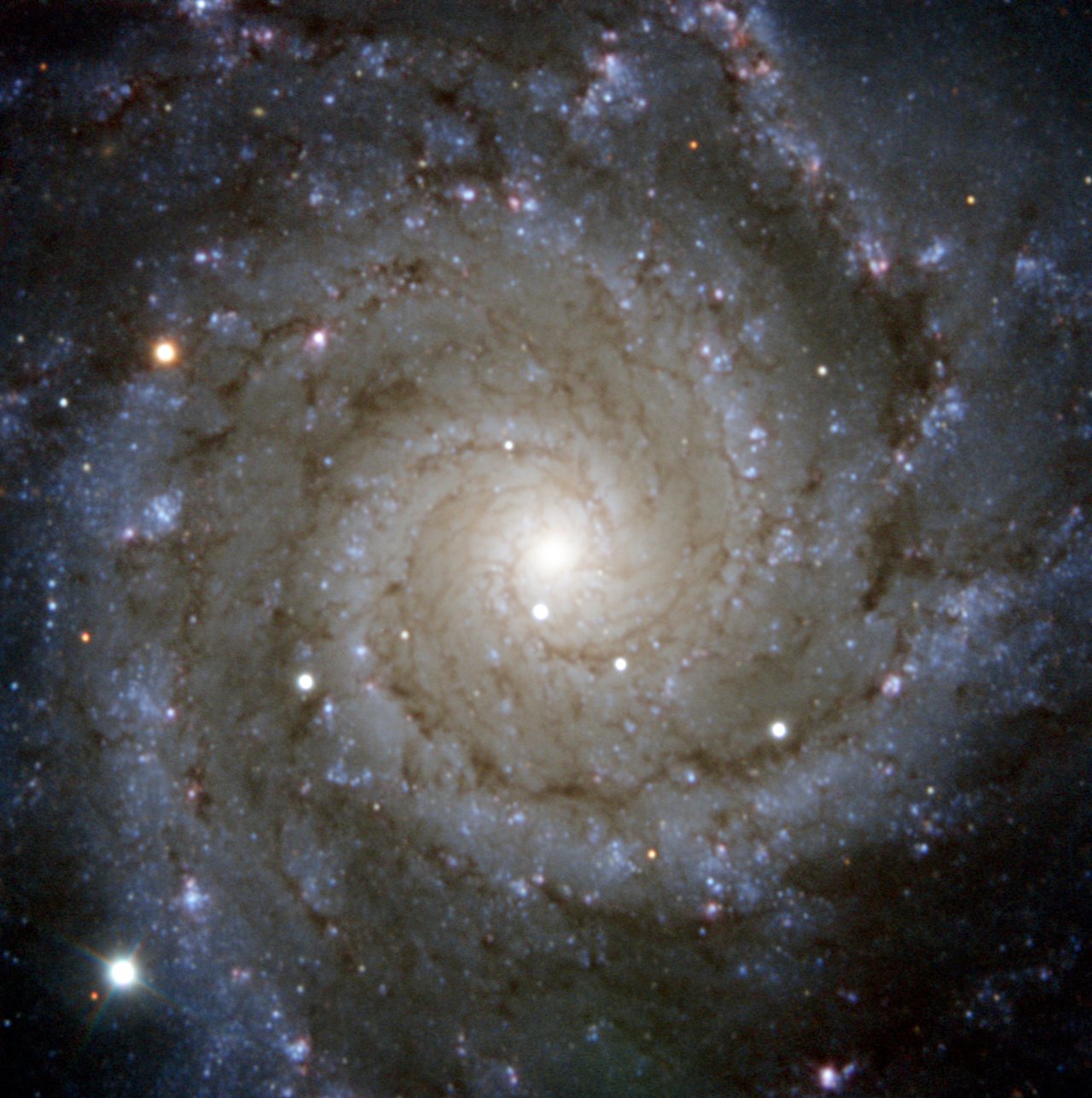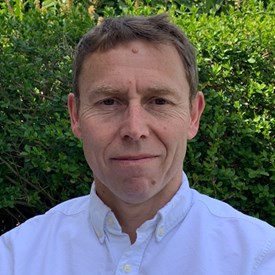Explosions, mergers and gravitational waves
Professor Stephen Smartt - FRS
Explosions, mergers and and gravitational wave sources in the Universe
We have a broad experimental and theoretical team at Queen’s investigating high energy explosions and phenomena in the Universe. We lead several data intensive sky survey projects with partners from around the globe. Our team rapidly process terabytes of digital image data per day, applying computer algorithms and machine learning techniques to quantify the variable and transient objects in sky. We discover exploding stars (supernovae) and search for electromagnetic emission from merging neutron stars and black holes to pinpoint the sources of gravitational waves. As we discover these high energy events, we measure their multi-wavelength emission and spectra and use theoretical radiative transfer models to determine their elemental composition, mass, velocity and energy. The radiative transfer models rely on accurate atomic data, calculated at Queen’s. We combine our data with this theoretical and lab based atomic and nuclear physics to understand the nature of the violent and explosive Universe. The team is led by Professor Stephen Smartt FRS (observational and data analysis aspects) and Dr Stuart Sim (theoretical and radiative transfer models) and comprises 4 postdocs/software developers, 8 PhD students and usually 2 – 4 MSci project students. Stephen Smartt was awarded the Royal Irish Academy Gold Medal in the Physical and Mathematical Sciences (2018) and elected as a Fellow of the Royal Society in 2020.
Our team played a major role in the discovery of first electromagnetic signals from a gravitational wave source in 2017. With our combination of observational and theoretical techniques we have illuminated the diversity of the explosive Universe. We discovered some of the most luminous and energetic explosions that exist (superluminous supernovae) and proposed they are powered by spinning neutron stars, directly detected the progenitor stars of supernovae from massive stars, and showed that neutron star mergers may be the source of the heavy elements beyond iron in the Periodic Table. Stuart Sim’s models were one of the first to indicate that stars below Chandrasekhar mass limit could detonate and explode and therefore produce the type Ia supernovae that were used to discovery the accelerating Universe. Our team has influenced both the data driven discovery and theoretical interpretation of transients and explosions in the last decade.
We are addressing data intensive technology problems in managing peta-byte sized data sets, multi-terabyte databases and autonomous discovery by machine learning algorithms applied to these data sets.
The team has held substantial STFC funding, ERC awards and fellowships from the Royal Society and the Ernest Rutherford scheme. Members of the team have been awarded Royal Astronomical Society prizes (Winton Capital Prize, Penston Prize, George Darwin Lectureship) as well as international fellowships (Marie Sklowdoska Curie, Humboldt).
We currently hold three STFC grants for science exploitation, building digital infrastructure for the Rubin Observatory and a new instrument for the European Southern Observatory (approximately £2M). Dr Ken Smith and Dr Dave Young are senior technologists in the team and are delivering software solutions for these new generation projects.
We collaborate with the University of Hawaii, Harvard and the Space Telescope Institute in Baltimore on the NASA funded Asteroid Terrestrial Last Alert System (ATLAS : https://fallingstar.com) and Pan-STARRS projects. We lead the data processing for supernovae and transients in real time and make discoveries immediately public. We initiated the Public ESO Spectroscopic Survey of Transient Objects (PESSTO: www.pessto.org), a large project with over 150 international collaborators. Stephen Smartt is inaugural chair of the Governing Council of ENGRAVE (http://www.engrave-eso.org/) a consortium of 200 scientists focused on detecting electromagnetic emission from gravitational waves. Stephen is also the UK project scientist for the Rubin Observatory and the Legacy Survey of Space and Time (LSST), which is the most ambitious survey telescope ever built and he sits on the Science Advisory Committee (www.lsst.org). Stuart Sim works with an extensive group of international theorists from
Germany (Max Planck. University of Wuzberg), Australia (ANU), Sweden (Stockholm), USA (Michigan) and has released a widely used, publicly available, radiative transfer code.

Credit: ESO/PESSTO/S. Smartt

